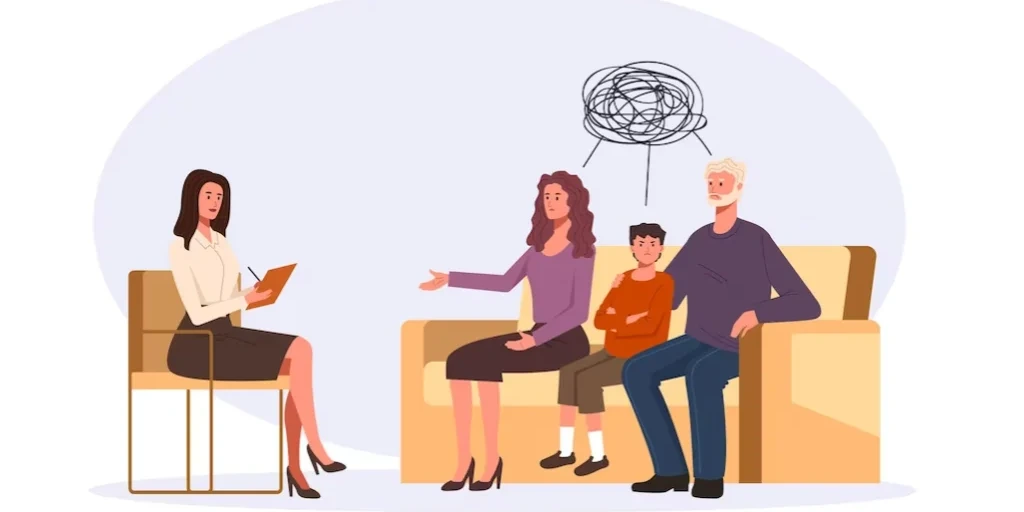24/7 Helpline:
(866) 899-111424/7 Helpline:
(866) 899-1114
Learn more about Outpatient Rehab centers in Sedona
Outpatient Rehab in Other Cities

Other Insurance Options

Amerigroup

Horizon Healthcare Service

Magellan Health

PHCS Network

Choice Care Network

Oxford

Anthem

Coventry Health Care

Regence

Health Net

BlueShield

ComPsych

United Health Care

Premera

EmblemHealth

Molina Healthcare

BlueCross

Health Choice

Health Partners

BHS | Behavioral Health Systems

Alternative to Meds Center
Alternative to Meds Center is a world-class licensed residential holistic behavioral mental health a...








Sedona Pathways Counseling Services
Sedona Pathways Counseling Services is a private rehab located in Sedona, Arizona. Sedona Pathways C...

Desert Canyon Treatment Center
Desert Canyon Treatment Center is a private rehab located in Sedona, Arizona. Desert Canyon Treatmen...

Spectrum Healthcare
Spectrum Healthcare is a private rehab located in Sedona, Arizona. Spectrum Healthcare specializes i...

Al-Anon
Al-Anon is a non-profit rehab located in Sedona, Arizona. Al-Anon specializes in the treatment of al...

